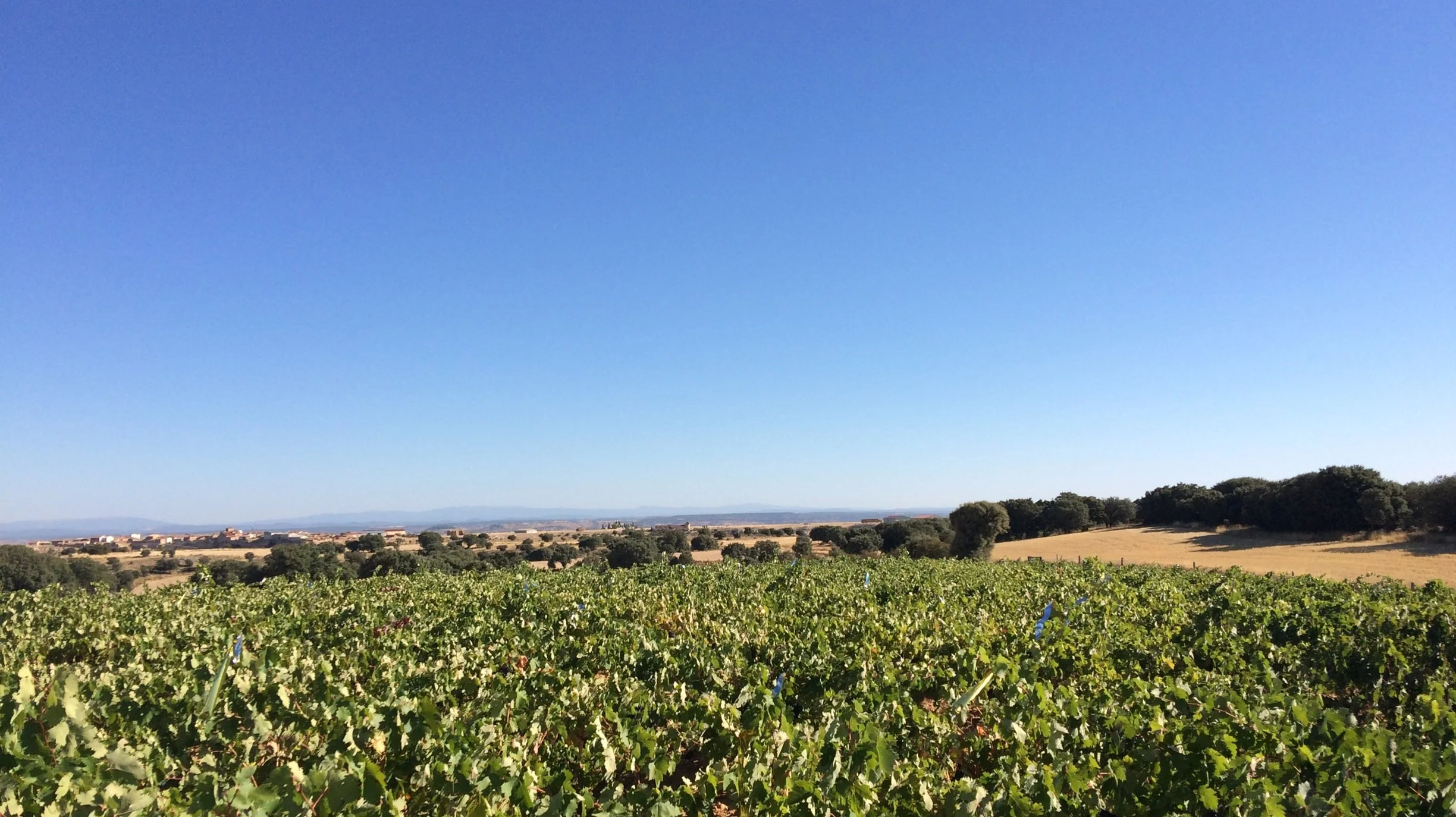Diary of a Shopkeeper, 12th February
From 14th to 28th February, we’re making a special focus on what many think is Spain’s finest red wine area: Ribera del Duero:
Specially extended range including three excellent new wines.
10% off all Ribera del Duero wines. No minimum order.
Try it by the glass at The Lynnfield! Special guest wine this month: Pinna Fidelis, Ribera del Duero Roble.
Free shop tasting 12 noon to 4pm, Saturday 18th.
Various giveaway goodies (while stocks last) when you buy a bottle.
And to start, Duncan recounts how he fell in love with Ribera del Duero, on a memorable trip to the scorching plains of north-central Spain. Read on…
Zarceras.
At this cold and dark time of year, it’s lightsome to think back on holidays in warmer climes. If you’re lucky enough to be a wine merchant, you can reminisce about buying trips to the fascinating parts of the world where the goods you trade in are created.
Wine producing areas have to be warm at least six months of the year or the grapes won’t ripen. But many are in landlocked locations with a continental climate, meaning long freezing winters as well as scorching summers. If you go on a trip in February, the pruned vines are little more than sticks in the frozen soil, and your breath makes clouds in the wine cellar as you taste from the barrels. On the other hand, if you go in the summer, the heat can be like standing in front of an open oven.
So it was one September a few years ago when I flew to Madrid and drove north to one of the greatest wine regions of Spain, Ribera del Duero. Its neighbour, Rioja, is popular and deservedly so. Ribera del Duero is not nearly as celebrated in this country, but it should be. Most if its production is red wine. A tiny amount of white and rosé is made, but it’s rarely seen here. As in Rioja, the predominant grape is Tempranillo, which is so overwhelmingly common that it’s usually referred to as Tinto del País (the red of the country) or Tinto Fino (the good red).
Although the area is named after the Duero – Ribera means riverside – the vineyards are almost all on a high, windswept plateau, several miles away from the river. The land stretches out flat, parched, and scrubby as far as the eye can see, looking more like New Mexico or the panhandle of Texas than anywhere else in Europe. It was so hot while I was there that the vines were protesting. Their leaves were curling in on themselves to protect their surfaces from the blistering sun. In the cool of the evening they would unfurl again.
Wine leaves curling in the heat.
Luckily, we were led to the depths of the winery’s cellar to escape the sun. Down under the surface, the temperature was steady and refreshingly chilly, allowing the wines to age slowly and gradually in barrel. A unique architectural feature helps create a natural air conditioning. A zarcera is a funnel or air shaft, that lets cooling breezes enter the cellars, while keeping the sun out entirely. They sprout up from arid scrubland, a giveaway to the thousands of litres of wine sheltering just underground.
What of the wine? Well, the climate means the grapes get very ripe, producing lots of natural sugar, and hence high alcohol levels when they ferment. Fourteen percent is common, and 15% far from a rarity. But there is plenty of luscious fruitiness to balance the power with aromas of cherries and berries. There’s also the influence of oak-barrel ageing. Barrels can do several things. They can let wines breathe and soften as they age. They can impart a creamy texture. And they can add subtleties of flavour from sweet vanilla to charred toast. In my view, the winemakers of Ribero del Duero are unsurpassed in their expertise at using oak to complement the rich fruitiness of their wines.
Look for a Joven or Crianza if you want something relatively lively and linear. And go for a Reserva or Gran Reserva (aged for at least five years before release) if you want something multi-layered and majestic. Some wines don’t belong to any of these categories, but sell instead based on their individual reputation for quality.
And what to eat with the wine? Well, the town of Aranda, where much winemaking activity is centred, is the self-proclaimed “roast lamb capital of the world.” North Ronaldsay mutton would be even better!
In the cool of the cellar…oak works its magic.
This diary appeared in The Orcadian on 15th February 2023. A new one appears weekly. I post them in this blog a few days after each newspaper appearance, with added illustrations., and occasional small corrections or additions.



